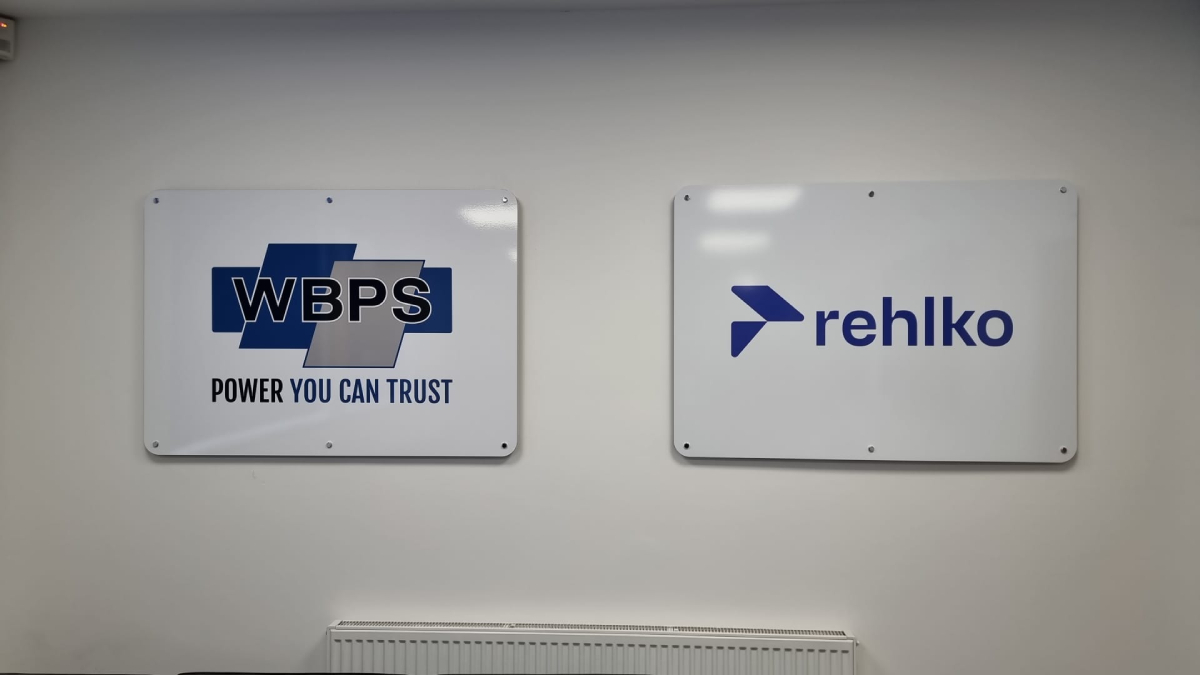With demand for high-speed data transmission rising, network operators are faced with finding ways to increase bandwidth while maintaining reliability and minimising costs. Marcin Bala, CEO of Salumanus, explains why network operators should migrate their infrastructure to 100 G.
According to Orange, overall mobile data traffic is forecast to grow at an annual rate of around 55% from 2020 to 2030, reaching 607 exabytes in 2025. Similarly, mobile video is forecast to account for 79% of all mobile data traffic by 2027. To keep up with this significant data demand, network operators need to look for new solutions to improve their offering.
Many organisations are still reliant on 10 G or 40 G connectivity for their infrastructure, while large data centres are starting to notice the benefits of 100 G technology. Traditionally, data centres have used link aggregation to increase throughput. This solution uses multiples of 1 G and 10 G ports in a switch, which are then grouped into a single connection with the aggregate bandwidth of the individual links.
Nevertheless, link aggregation requires separate ports and adds complexity to the switch setup. For it to work properly, all links must be consistently configured, and packets from the same session need to use the same link. Even with proper setup, load balancing issues can still arise.
The advantages of 100G connectivity
The benefits of 100 G connectivity over previous generations are significant. First, it offers 10 times the bandwidth of 10 G networks, which allows for faster data transmission and reduces the risk of congestion. Second, it can reduce the number of physical links required, which can help network operators save on costs related to equipment and cabling. Third, 100 G networks offer a more efficient use of power, reducing energy consumption and lowering operational costs.
In addition to these benefits, network operators are already looking to the future, and 100 G networks are seen as the stepping-stone to even faster speeds. Developments in technology are expected to bring about 400 G and 800 G networks in the coming years.
400 G networks have been around since 2017 and they offer four times the bandwidth of 100 G networks. This would enable even faster data transmission and provide more capacity for future growth. 800 G networks, which offer eight times the bandwidth of 100 G networks, are still in the early stages of deployment, but they are expected to become widely in the near future.
To migrate to 100 G networks, network operators need to invest in new equipment that is capable of handling the higher bandwidth. This includes routers, switches, and optical transport equipment. In addition to upgrading equipment, operators may also need to install new cabling and optics to support the higher speeds. However, the cost of upgrading to 100 G networks has decreased in recent years as the technology has become more widespread.
Another important consideration for network operators is the need to ensure that their network is compatible with the 100 G standard. This includes ensuring that the network infrastructure can support the higher bandwidth and that the applications running on the network are capable of handling the increased data flow. Network operators may also need to make changes to their network architecture to optimise performance and minimise latency.
Looking to solutions
One of the latest generations of 100 G modules, the GBC Photonics QSFP28 100 G SWDM4 optical module helps operators multiply the throughput of a single pair of multimode fibres by 10 times, without changing their infrastructure or adding more fibres. This solution is also ideal for connecting switches and servers inside data centres.
Similarly, third-generation QSFP28 100 G ZR4 modules feature a new internal SOA amplifier, which reduces power consumption by 1 W. These modules allow 100 G transmission over dark fibre using LanWDM technology. Saving 1 W per module makes a big difference for network operators, resulting in an annual saving of around 18 kWh on just one point-to-point connection.
Migrating to 100 G networks offers faster data transmission, greater energy efficiency, fewer physical links, and future-proofing for 400 G and 800 G advancements. With upgrade costs dropping, now is an ideal time for network operators to make the switch.




